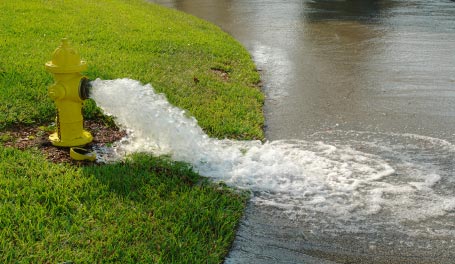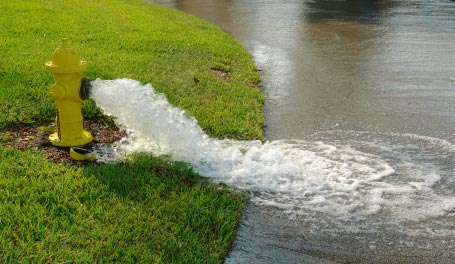
I know – no one reads the manual, and no one uses the Help file. But in reality, Help has been undergoing a major overhaul in Adobe applications, and is now a very useful resource. The problem is, Adobe has gotten a bit overenthused in their attempts to broaden it, and as a result has made it less useful in some circumstances. But you can help turn that around.
The History
In the beginning, the Help files were anonymous regurgitations of the manuals. As the manuals began to shrink, the Help files stepped up and took their place.
Then a major change came: Help started to evolve beyond its manualistic origins. Some of the people who created the Help files started to both personally dispense help and ask for help. A great example is Todd Kopriva from the After Effects team, who regularly attends conferences, answers questions on forums, and posts a highly useful blog. This degree of personalization and humanization is nice to see from a large company such as Adobe.
As a result, the Help files started accepting comments from users, turning them into a sort of wiki. Some of the Help writers (such as Todd) started posting links to useful information outside of Adobe. Eventually, all this blossomed into Adobe Community Help, where a single search scours online help files, Adobe’s web site, and resources posted on other trusted sites (such as ProVideo Coalition). This was a Very Good Thing.
The Problem
Unfortunately, it is possible to have too much of a good thing. Now, when you initiate a search from inside an Adobe Creative Suite 4 program such as After Effects CS4 (either by pressing F1 to open the Help system, or entering search in the upper right corner of the application window), if you have an active internet connection the first place it looks is Community Help. Which means a search will return all sorts of material – much of which might not even apply to the program you’re using.
In broad terms, there are usually two types of people who break down and refer to the Help files: beginners, and professionals on deadline. In neither case is it a good idea to turn on the fire hose in response to an initial enquiry, requiring the user to have to wade through the resulting flood of information.
A Help search initiated from inside a specific program should first return only answers having to do with that specific program; anything else is potentially noise. If you want to broaden your search from there to encompass other Adobe programs, other versions, and other non-Adobe sites, it’s great that you can do that. But it shouldn’t be the default. (We’re not the only ones who feel this way.)
The Immediate Solution
When you launch Help from an Adobe program such as After Effects or Photoshop CS4, you will probably land in this page:
If you are in a hurry, do not type in a search term and click on the magnifying glass; you’ll be searching Community Help. And don’t click on one of the big buttons alongside Community Help (such as Adobe.com or Support); that’s the older, less-helpful search engine. Instead, click on the considerably smaller entry at the top of the right column: “After Effects Help (web)” or similar text depending on what program you entered from.
This will take you to what looks like a product-specific Help page; you’ll also land here if you used a more specific Help menu choice such as Keyboard Shortcuts:
But don’t search yet! Look to the left of the Search field, and first enable “This Help system only”. Only then will you actually be searching Help for the program you were using. (Todd Kopriva explains more about what is going on behind the scenes here.)
The Eventual Solution
This is obviously backwards. For a professional on deadline, the first thing you probably want to search is the Help file for the program you’re having a problem in. Likewise, if you’re a beginner working inside a specific program, it is probably best to put the blinders on and be focused to look just at that program – not the entire universe of possibilities. In either case, your first landing page should be that program’s Help system, with initial searches defaulting to that system.
Then, and only then, there should be options both under the Search field and at the bottom of every page that allow you widen your search to other versions of this program, other Adobe programs, and Community Help.
But one person raving in a blog isn’t going to fix it – you can fix it (or more to the point, you, and you, and you, and you, and you, and your friends too). Adobe has an online feedback form about their Help system. Go there, and let them know what you need. Or if you feel like filling out a brief survey, click here. Either way, they’re listening. And while you’re at it, let them know what you like, so that they continue to do good things in addition to avoiding the bad.
By the way, if you’re not in a hurry, or are the type of person who refers to Help in your spare time to sharpen your skills or broaden your knowledge, the Community Help landing page for After Effects (shown in more detail below) is a very nice place to visit with links to many useful articles and videos. Kudos to Adobe and employees like Todd who have created such a great resource that points out to so many other third parties, instead of remaining strictly inward-focused as so many corporations are wont to do. We just need some tweaking of priorities that show the higher-ups at Adobe understand exactly what their customers are truly going through.
The content contained in our books, videos, blogs, and articles for other sites are all copyright Crish Design, except where otherwise attributed.

